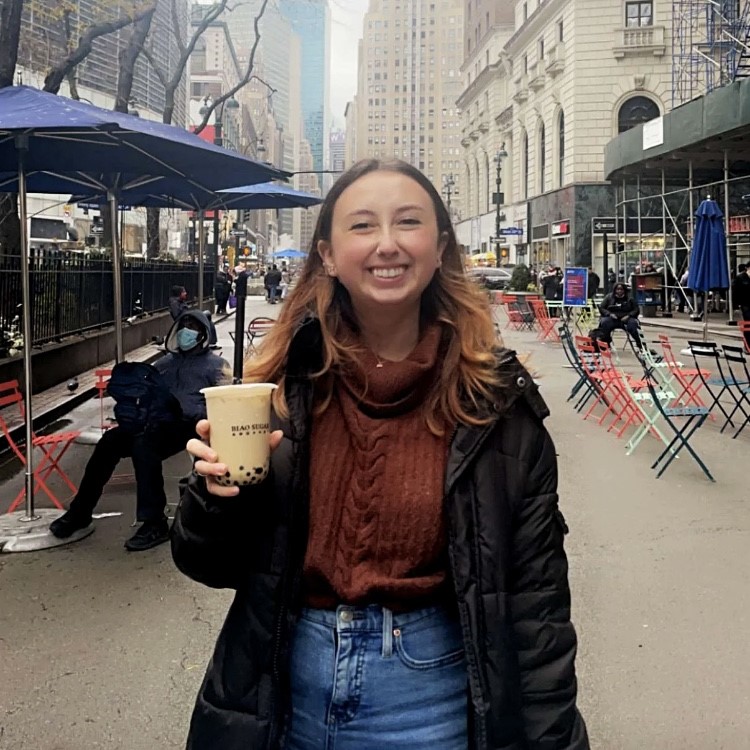Interaction of Visual Flow in a Head-Mounted Display and Self-Paced Treadmill Walking Speed
Date:
At RehabWeek in Rotterdam 2022, my podium presentation titled “Interaction of Visual Flow in a Head-Mounted Display and Self-Paced Treadmill Walking Speed” was awarded ICVR’s best student presentation. This talk explored the role of virtual-reality for creating sensory environments during treadmill-based gait rehabilitation training.
Abstract: Visual flow is a key contributor to the control of walking velocity. However, the perception of this information can conflict with processing in the somatosensory and proprioceptive channels of the lower limb during treadmill training. Virtual reality (VR) provides a rich environment for investigations into the relationship between these elements of the central nervous system(CNS), but key questions remain in how speed perception and consequent physical output are intertwined. In this experiment, we determine whether modulating the speed of visual flow in a head-mounted virtual environment (VE) impacts an individual’s ability to regulate gait velocity through augmented feedback manipulation. Five young adults (male) performed a series of trials in which they were asked to match their walking speed on an instrumented split-belt treadmill operating in a self-paced (SPT) mode to that of a moving VR hallway scene. We compared the accuracy between speed perception and parallel walking speeds with and without a speedometer for reference on task performance. Overall, our results show that with speedometerfeedback, subjects demonstrated a labile control of speed while viewing a virtual environment, but had substantially reduced accuracy when the feedback was omitted. Without feedback, subjects walked at a slower speed than the moving scene across walking speeds. Our results suggest that functional rehabilitation for walking speed must be designed careful to provide physical and sensory experiences that offer a unified perception of speed.
